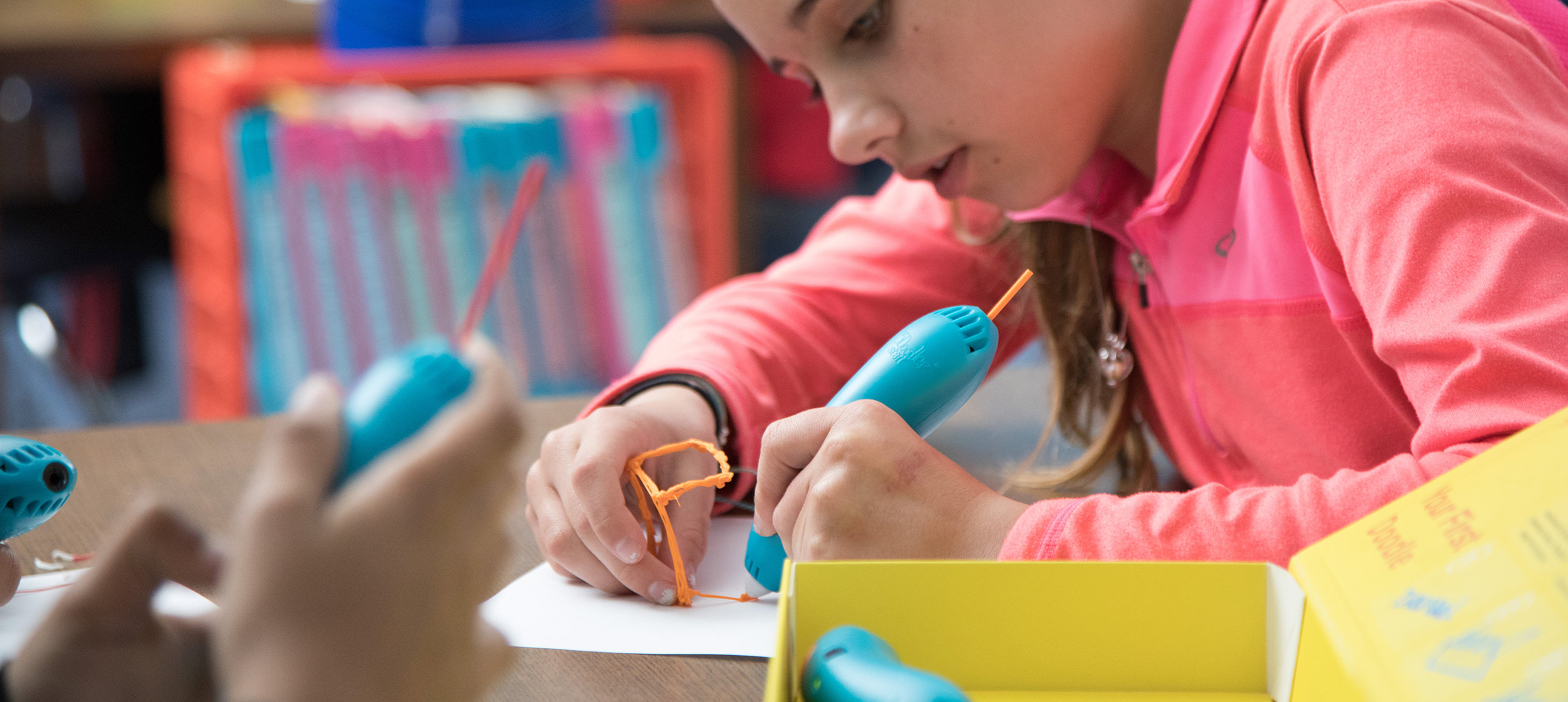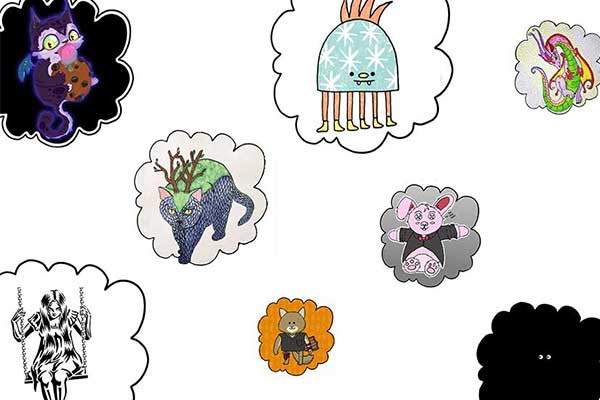Working with students in grades 3-5 has afforded me the opportunity to explore the gifts and wonders of Doodling across the curriculum. If you’re a teacher and haven’t Doodled yet, what’s stopping you? Could it be one of the following misconceptions?

“My students’ Doodles don’t look like the ones in the lesson plan images.”
This misconception is also referred to as the “all Doodles must be perfect” myth. It would be incorrect to believe that the Doodle is the main objective. The goal of Doodling is the development of rigorous thinkers who are unafraid to create, problem solve, make mistakes and try again within the course of an assigned activity or task. The clever teacher knows that Doodling is a means to an end, and never the end itself.

“Teachers must be excellent Doodlers to teach Doodling.”
How many subjects do teachers teach in a day? Are we expert mathematicians, scientists, biologists, counselors, writers, or literary critics? Probably not, but good teachers know that we don’t have to be the master of every subject we teach, we just need to be great teachers. That means knowing how to guide, encourage, direct, redirect and assess your students in order to enhance their growth in all aspects of learning.

“My students don’t have time to Doodle – I need to prepare my students for high-stakes standardized tests.”
This is the most dangerous misconception. Do not allow standardized tests to inform your instructional methods. The curriculum and standards are meant to outline “what” we teach. It is up to the master teacher to determine “how” to best teach this curriculum in a way that feeds the heart and mind. Short-term rewards come from short-sighted instruction. Long-term rewards result from practices that incorporate open-ended ideas and problem-solving.

“Students must always follow a template or stencil when Doodling.”
There are times when a structured format with stencils or templates will maximize your students’ results. But there are also times when students should be encouraged to explore their imaginations freely, and to color outside the lines and see what happens. It’s during these times that your students will develop new connections and fearlessly learn from their mistakes, as there are no expectations, only pleasant surprises!

“There’s not enough money in the budget to purchase 3Doodlers for all of the students in my classroom.”
A 3Doodler is much more than a solitary drawing tool. It is a wellspring in which communal learners dive, splash and play together. This culminates in a rich, diverse tapestry of ideas and talents. Skills like brainstorming, collaboration, compromising, problem-solving and creative thinking are all enhanced when Doodles are the results of pooled talents and joyful socialization. You don’t need a cart full of 3Doodlers to get started. Rather than a detractor, allowing students to share 3Doodlers in small groups enhances the learning experience.
It’s easy to get hung up on misconceptions. As teachers, it’s critical that we let go of these misconceptions if we want to create the best learning experiences for our students. Education should fill our students’ minds with the extraordinary wonders of the world. Doodling is a great way to do this.




